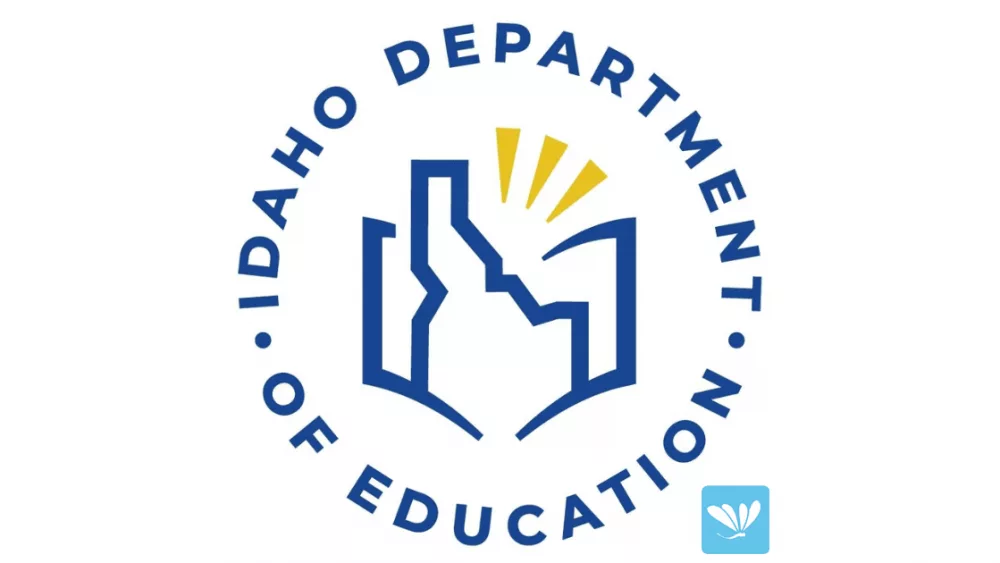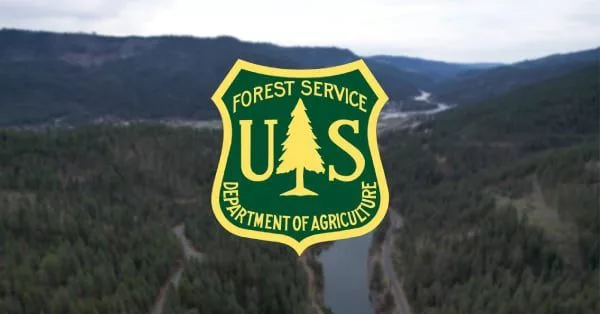KAMIAH, Idaho, November 27, 2023:— A set of strategic planning documents that will guide the management of lands within the four-million-acre Nez Perce-Clearwater National Forests has been released. It updates management direction adopted 36 years ago.
Cheryl Probert, Forest Supervisor of the Nez Perce-Clearwater National Forests announced the availability of a final land management plan, final environmental impact statement, draft record of decision, and list of species of conservation concern. The completed set of planning documents marks the culmination of a more than a decade of work that included extensive information gathering and analysis, and collaboration with the numerous and diverse governments, agencies, communities, interest groups and individuals who feel passionately about the management of the Forests.
“This plan is important because it provides the foundation for future land management decisions on the Nez Perce-Clearwater National Forests,” Probert explained. “It is informed by the best available scientific information and seeks to balance the social and economic desires of people with the long-term capability of the land. My goal was to find the sweet spot—a decision that best provides for current social and economic needs while sustaining the health, diversity, and productivity of the forest for future generations.”
The revised plan is built on an “all lands” approach to land management, recognizing the need to consider adjacent lands and ownerships when developing and implementing forest management strategies to reduce fuels, enhance climate resiliency, and address the wildfire crisis. The strategic framework also focuses on working in partnership to complete forest management activities, including co-stewardship with the Nez Perce Tribe.
Local communities and regional economies are expected to receive a boost in employment and labor income, with the revised plan supporting approximately 4,000 jobs—a doubling from the previous plans—and $163 million in labor income.
The revised plan responds to the national wildfire crisis by providing for the treatment of up to 64,500 acres annually to achieve multiple objectives that include reducing the risk of catastrophic wildfire, improving vegetative conditions, and achieving desired conditions for the forested environment. An annual timber harvest of 190-210 million is projected.
As required by law, the revised plan recommends lands for inclusion in the National Wilderness Preservation System and rivers eligible for inclusion in the National Wild and Scenic Rivers system.
A total of 225,000 acres are recommended for wilderness designation, including two areas carried over from the 1987 Forest Plans with boundary adjustments—Mallard Larkins and Hoodoo—and the new 73,000 acre Meadow Creek Recommended Wilderness. In total, this represents an increase of 60,000 acres of recommended wilderness over levels in the 1987 plans.
A review of the Forests’ rivers determined 11 river segments are “suitable” for inclusion in the National Wild and Scenic Rivers system: Cayuse, Fish, Hungery, Weitas, Kelly, North Fork Kelly, Middle Fork Kelly, South Fork Kelly, Colt Killed, and Meadow Creeks and the undesignated segment of the Salmon River. These streams will receive interim protection measures. The Little North Fork Clearwater River remains “eligible” with no decision regarding suitability. The majority of that waterway lies within the neighboring Idaho Panhandle National Forests.
Recreation was determined to be a “significant issue” through the revision process. After public comment and thorough analysis, the overall area deemed suitable for motorized use increased, particularly during the summer season. Motorized uses are restricted in areas of social or ecological concern, particularly in important wildlife habitats.
Additionally, plan components have been designed to protect old growth and mature forests, important fisheries and wildlife habitat, and plants that are species of concern. A comprehensive aquatic and riparian strategy is incorporated, and climate change is addressed throughout the planning documents.
Probert thanked the governments, communities, organizations, and individuals who provided information and ideas during the planning process. “While there was disagreement about the types of uses and management activities and locations where these uses and activities should be allowed, there was overwhelming agreement that these Forests are truly special. I sincerely hope everyone can find places where their passions and ideas are reflected in this decision,” she added.
A 60-day objection period will begin after the draft record of decision is released on November 28. During this timeframe, individuals who participated in the process have an opportunity to resolve concerns prior to issuance of a final record of decision.
For additional information, contact: Zach Peterson, zachary.peterson@usda.gov, 208-935-4239, Sara Daugherty sara.daugherty@usda.gov, 208-963-4206
USDA is an equal opportunity provider, employer, and lender.





